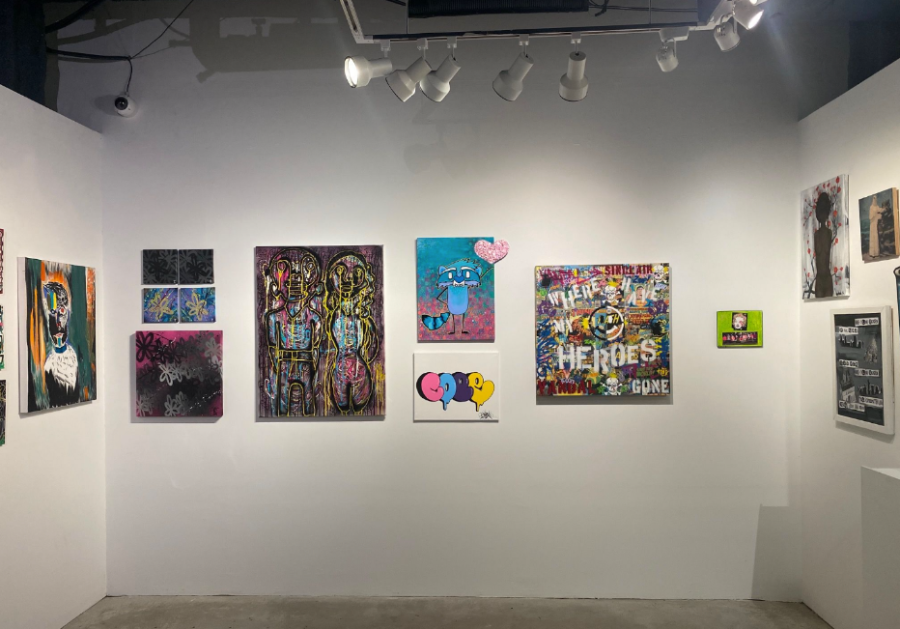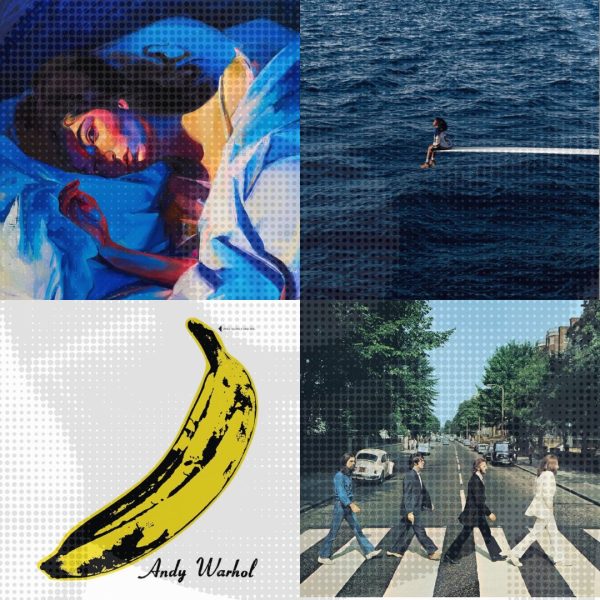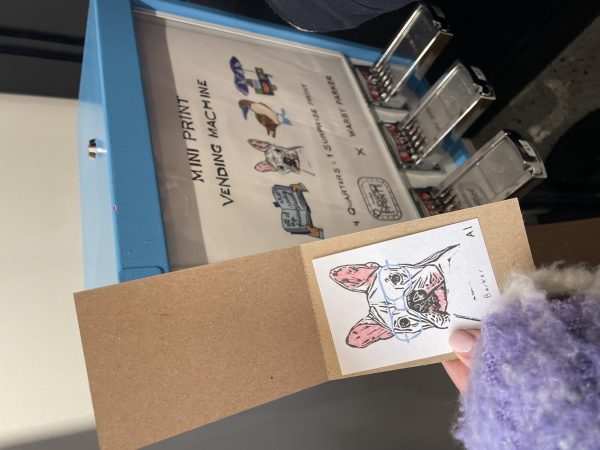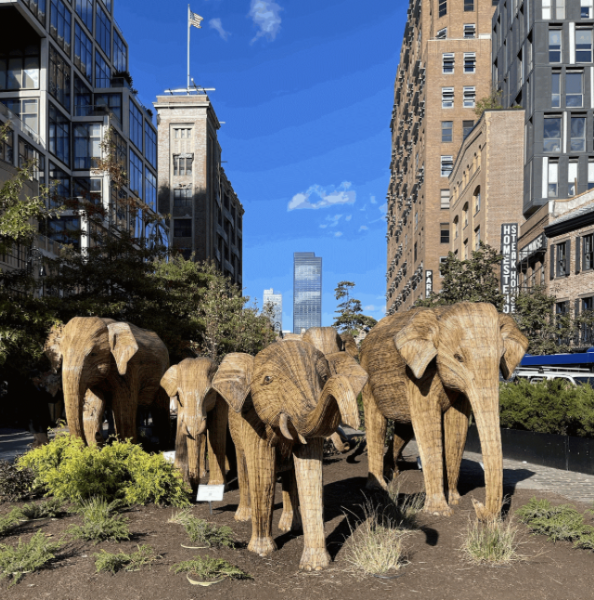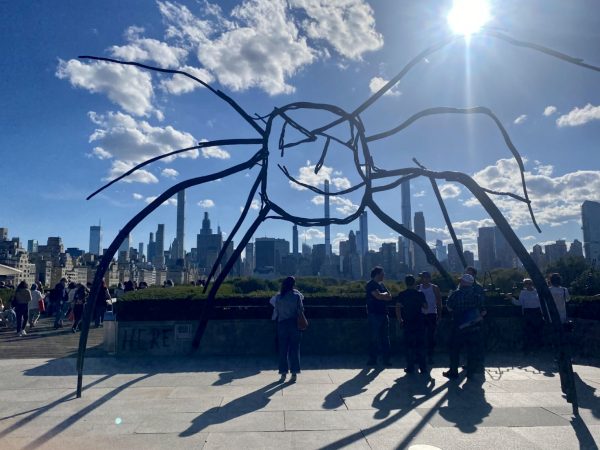West Chelsea Contemporary Raises Money for Fire Victims
WCC raised money for the Bronx Fire Relief Fund through their exhibit, “New York Artists for the Bronx.” (Courtesy of West Chelsea Contemporary for The Fordham Ram)
Through the month of February, the West Chelsea Contemporary (WCC) curated a gallery with New York-based artists in the hopes of raising money for the victims of the January 9 Bronx apartment fire. “New York Artists for the Bronx,” which ran from Jan. 29 to Feb. 27, showcased the artwork of renowned, contemporary artists, each of whom are intrinsically connected to NYC. By the gallery’s close, WCC had donated $24,519 to the Bronx Fire Relief Fund, which the Mayor’s Fund created in order to directly assist the families impacted by the tragedy. The success of the gallery proves that art is more than just something to stare at — it’s a means for bringing a community together.
Lisa Russell, the president and founder of WCC, explained that, “Our ‘art for all’ mission at WCC is not only rooted in education and entertainment, but also community. While art can be well-appreciated by oneself, it also brings people together and allows for open dialogue across a community. When we heard about The Bronx Fire Relief Fund, we jumped at the chance to contribute as a means of supporting our broader New York community.”
As WCC created their gallery, they had to decide what dialogue they would invite people into through their exhibit. “Once we decided to donate 100% of the proceeds to The Bronx Relief Fund, we wanted to ensure that the exhibition itself was meaningful, so we turned to our NYC-based artists for inspiration. For being such a large city, simply being from, or living in, New York has a way of tying people together. Each artist chose one work to donate to the exhibition but, overall, the group of works evoked positivity and optimism, which felt fitting following this tragedy,” said Russell.
The NYC-based artists that they chose varied in their background, history and artistic styles, each showing a different facet of the myriad of perspectives that make-up the richness of NYC’s culture. Al Diaz, one of the featured artists, who was born and raised in New York, became a prominent figure on the NYC subway-graffiti art scene by the age of 15. Continuing to make public art critical of social norms, he currently transforms signs used by the MTA to create anagrams that he hangs in subway stations around the city. Cey Adams is another of the featured artists, who, like Diaz, is a New York native that rose to prominence during the graffiti movement of the 1980s. Today he creates art that, through layering different types of imagery, colors and materials, explores the intersection of pop culture and social issues. While not a graffiti artist nor raised in NYC herself, Jannette Beckman is another featured artist who became famous for her photographs capturing the underground hip-hop scene of 1980s NYC. Each of these world-renowned artists donated a piece of their artwork to “New York Artists for the Bronx,” which allowed the WCC to donate 100% of the proceeds from the sale of their work directly to the Bronx Fire Relief Fund.
As Russell hoped, the works displayed in the gallery certainly captured the bright optimism of the city. As the defining links between the works in the gallery were the shared history and experiences of the artists, the artwork embodied the rich diversity of New York’s culture. On one wall, a piece showing a blue and pink, cartoon-like raccoon hung beside a collage of comic book images that asked, “Where Have My Heroes Gone?” On another, a stylized, stained-glass like painting of an elephant shares a wall with an abstract, human face. Going from one artwork to the next, it is impossible to guess what you’ll see. But how better to represent NYC? The city where a myriad of cultures interact, sometimes clashing, other times harmonizing, but always creating something beautiful.
In Russell’s view, this is the strength of art: it brings a community together. Yet, in order to do that, the art must be accessible for everyone to witness and appreciate. Russell explained, “Art is often thought of as an exclusive field, but our goal at WCC is to democratize the experience of viewing art. One does not need to have taken a fine art or art history class to look at a work and have a reaction to it — good or bad. Our goal is to engage with a diverse audience — from art expert to beginner — and share the joys of art, whether collecting or observing. This shared experience is key in creating a strong community that can support each other, especially in times of need.”
Art has the power to amplify voices, show varying perspectives, challenge long-held beliefs and, most importantly, tighten the bonds of community. WCC recognized that power within the art they hang on their gallery’s walls, and saw in their unique position a way to help their community members devastated by tragedy. They seized their opportunity to help, and proved how essential art is to every community.
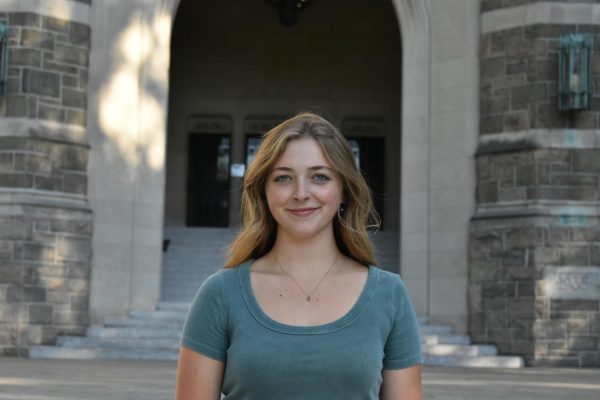
Kari White is a senior from the blink-and-you’ll-miss-it state of Delaware. She is majoring in English with a concentration in creative writing, as well...



































































































































































































